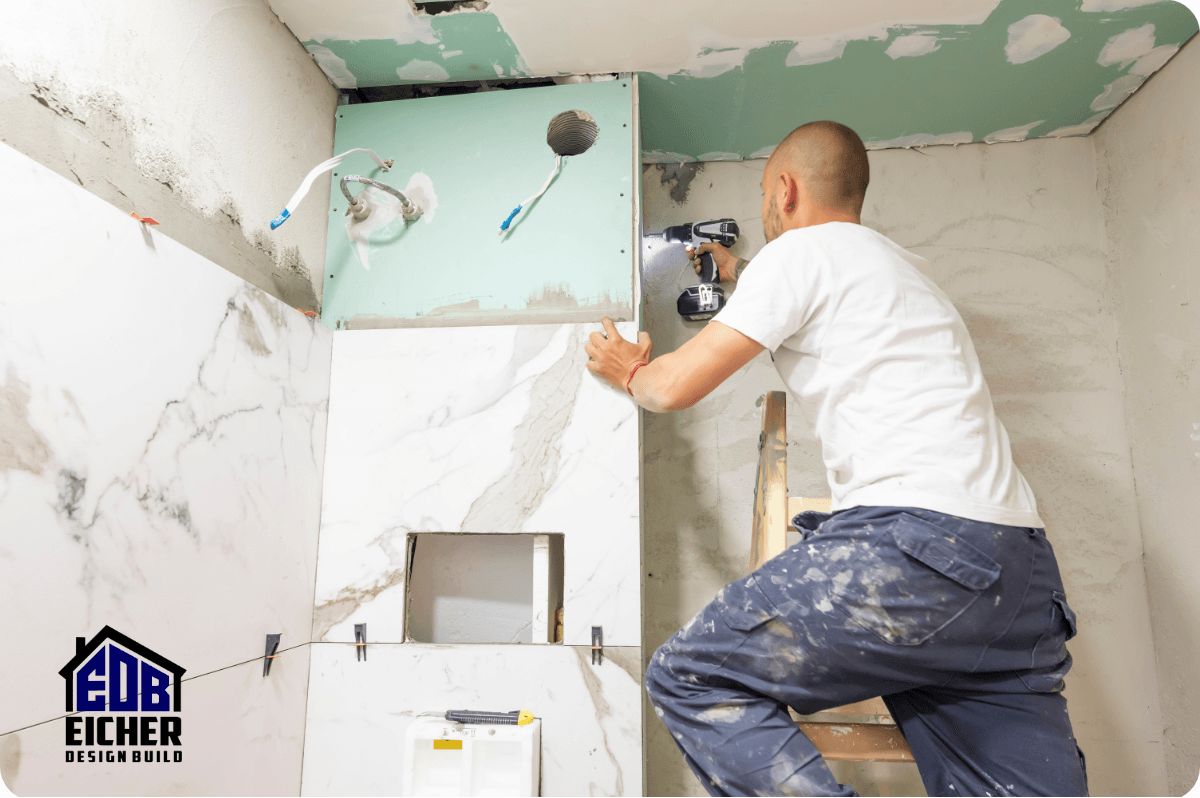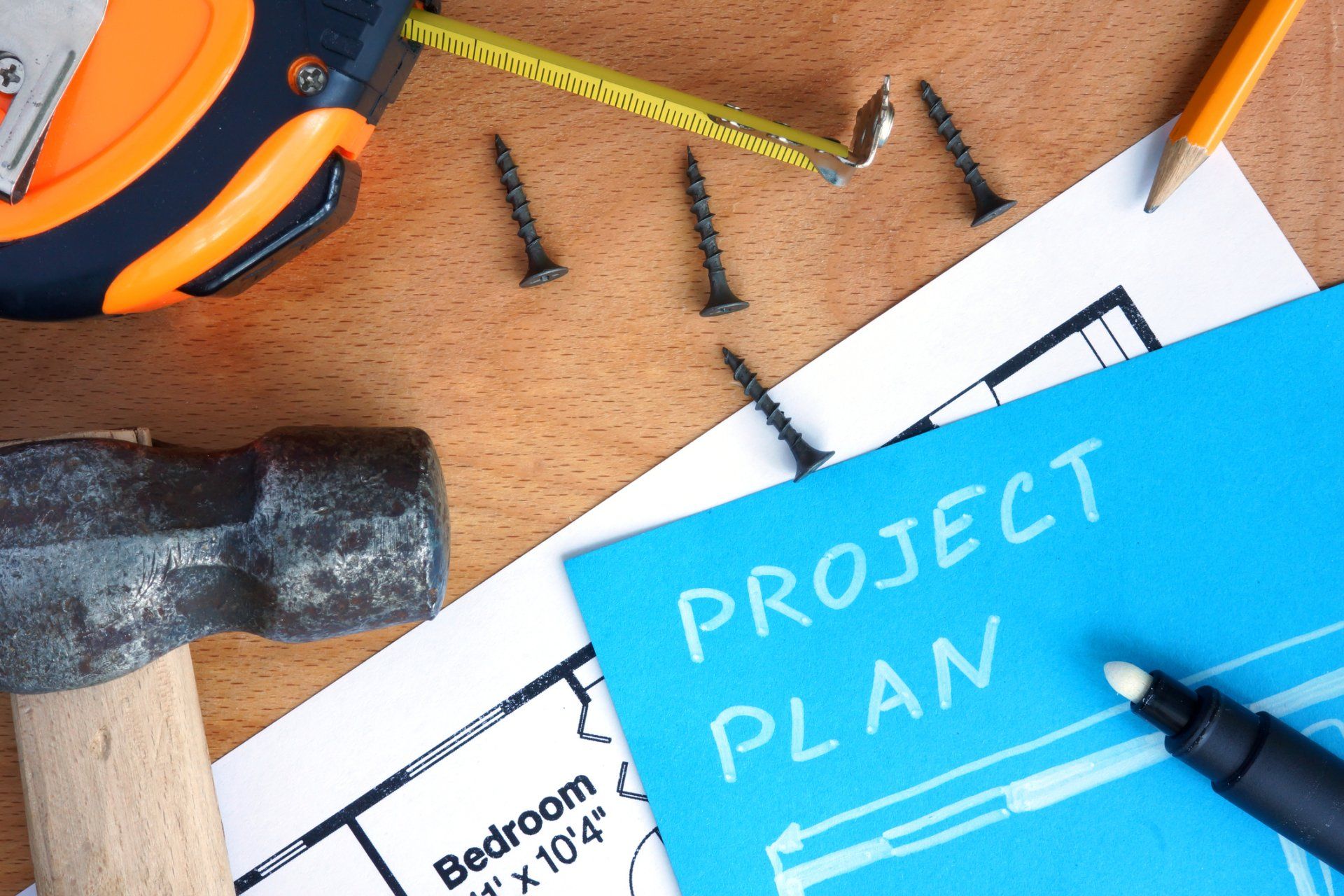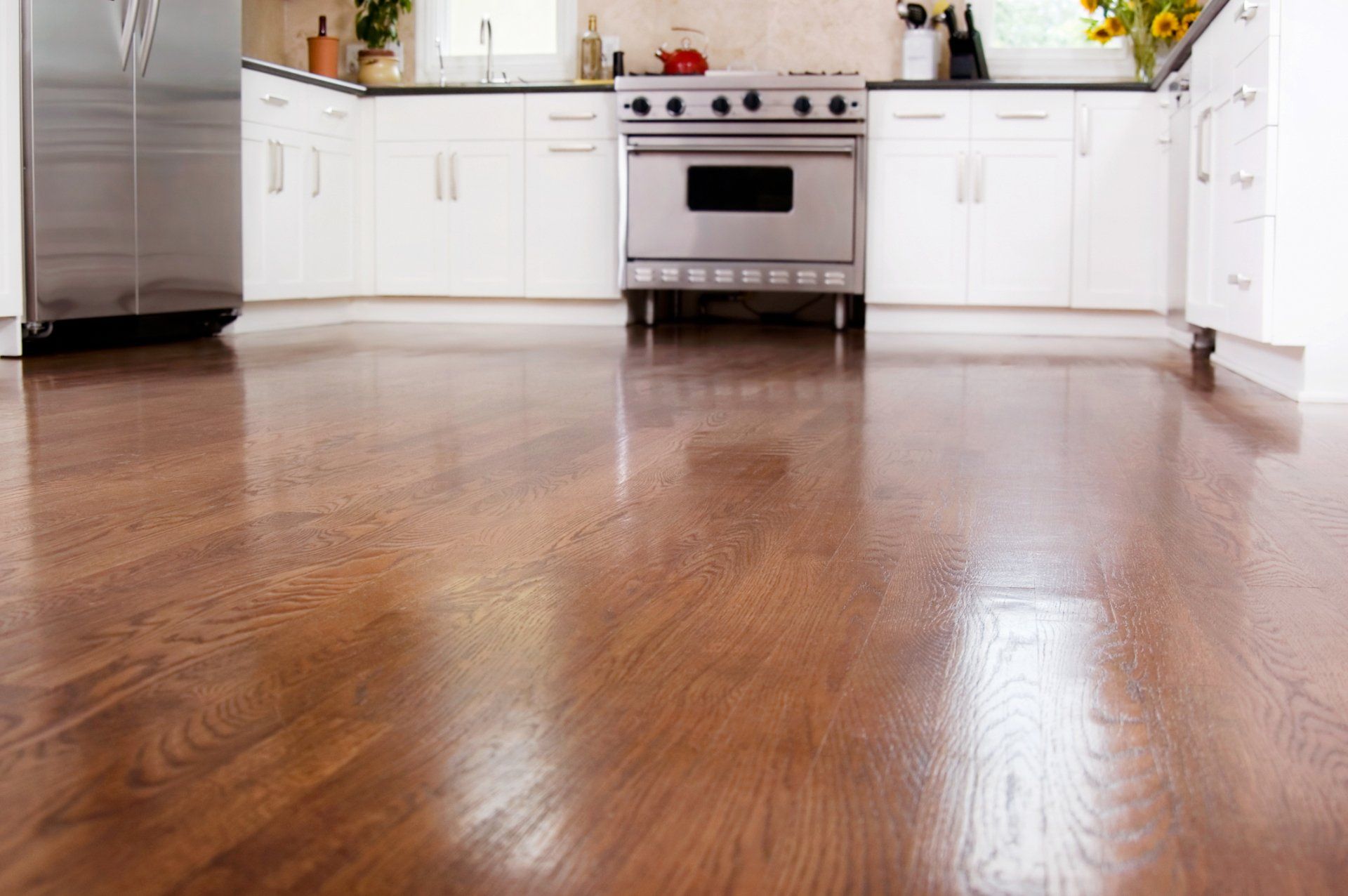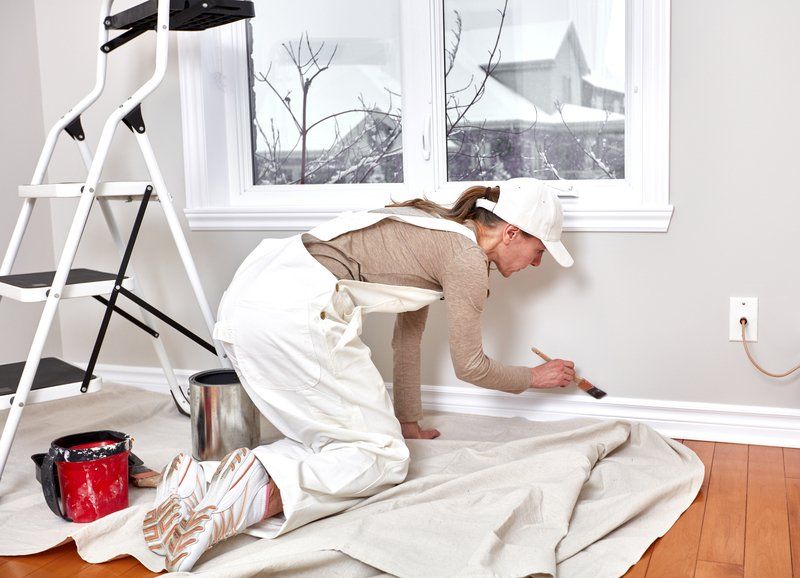BLOG
Eicher Design Build understands what home owners want and expect. Time and time again we exceed these expectations. We offer the expertise and experience to deliver.
CONTACT EICHER DESIGN BUILD, LLC FOR YOUR REMODELING & CONSTRUCTION NEEDS
These Are the Most Damaging Forces to Your Home
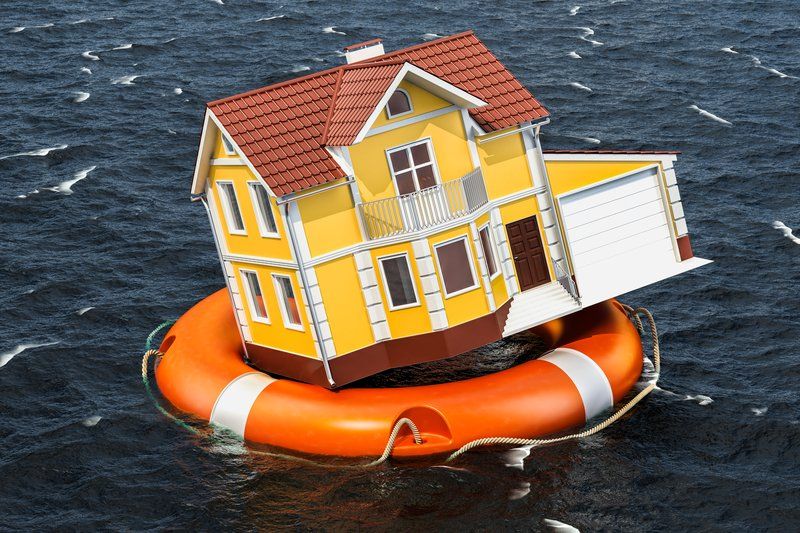
Every homeowner must deal with minor repairs occasionally. Unfortunately, you may discover a serious problem or experience a sudden event that causes extensive and costly restorations. You should be aware of common damaging forces so you can take measures to prevent them.
Water
Common causes of water damage include storms, floods, leaky plumbing, and clogged gutters. Although you can’t prevent natural disasters, you can do regular inspections of your home to detect any early signs of water damage and to make sure plumbing is operating as it should. If you notice your water bill is suddenly higher, or if your water pressure suddenly drops, this could mean there is a leak somewhere.
Keeping your gutters and downspouts cleaned out is also important because backed-up water can work its way under your eaves and cause roof leaks. In regions where it snows, you may also have problems with ice dams on the roof.
Pests
You may not notice pests such as ants, termites, and mice until they have done considerable damage to your home. Pests can do structural damage to your home, from the foundation to the roof. Some pest infestations can seriously damage your insulation or wiring .
You can prevent serious damage by scheduling periodic inspections by a pest control professional. In areas where pests are common, such as warm and humid climates, your home may benefit from regular preventative treatments. Additionally, look for signs of damage such as rodent droppings, dark marks on walls, or wood that appears pitted or marked.
Wind
It doesn’t take a tornado or hurricane for your home to experience wind damage. Any strong gust or prolonged wind can cause harm to your roof, siding, windows, outdoor structures, or other items on your property. While you can’t stop the wind, you can make serious damage less likely.
Make sure your home is structurally sound and do needed repairs if anything is loose or weakened. Upgrading windows and doors can also help. If a storm is coming, secure outdoor items such as grills and patio furniture. Finally, keep trees trimmed because the wind can knock loose branches against your house.
You can minimize damage to your home, along with the associated repairs and expenses, by being aware of the dangers and strengthening your home against them. Preventative maintenance and monitoring the most common areas at risk are the best ways to protect your home.
Read this next: Boxes Every Home Buyer Needs to Check Off
CONTACT EICHER DESIGN BUILD, LLC FOR YOUR REMODELING & CONSTRUCTION NEEDS
CLIENT TESTIMONIALS

Mary P.

Julie S.


